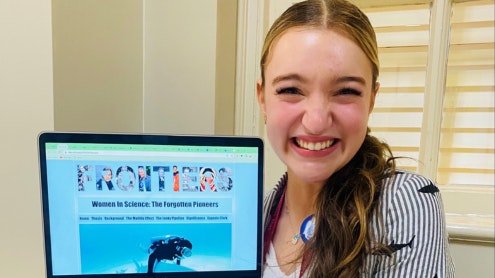Homepage
•
Learning Library
•
Blog
•
What Kids Can Teach Adults About Technology
Expand breadcrumbs
Expand breadcrumbs
- Learning Library
- Blog
- What Kids Can Teach Adults About Technology
- Homepage
- •
- Learning Library
- •
- Blog
- •
- What Kids Can Teach Adults About Technology
What Kids Can Teach Adults About Technology
By Jennifer Snelling
July 5, 2023








